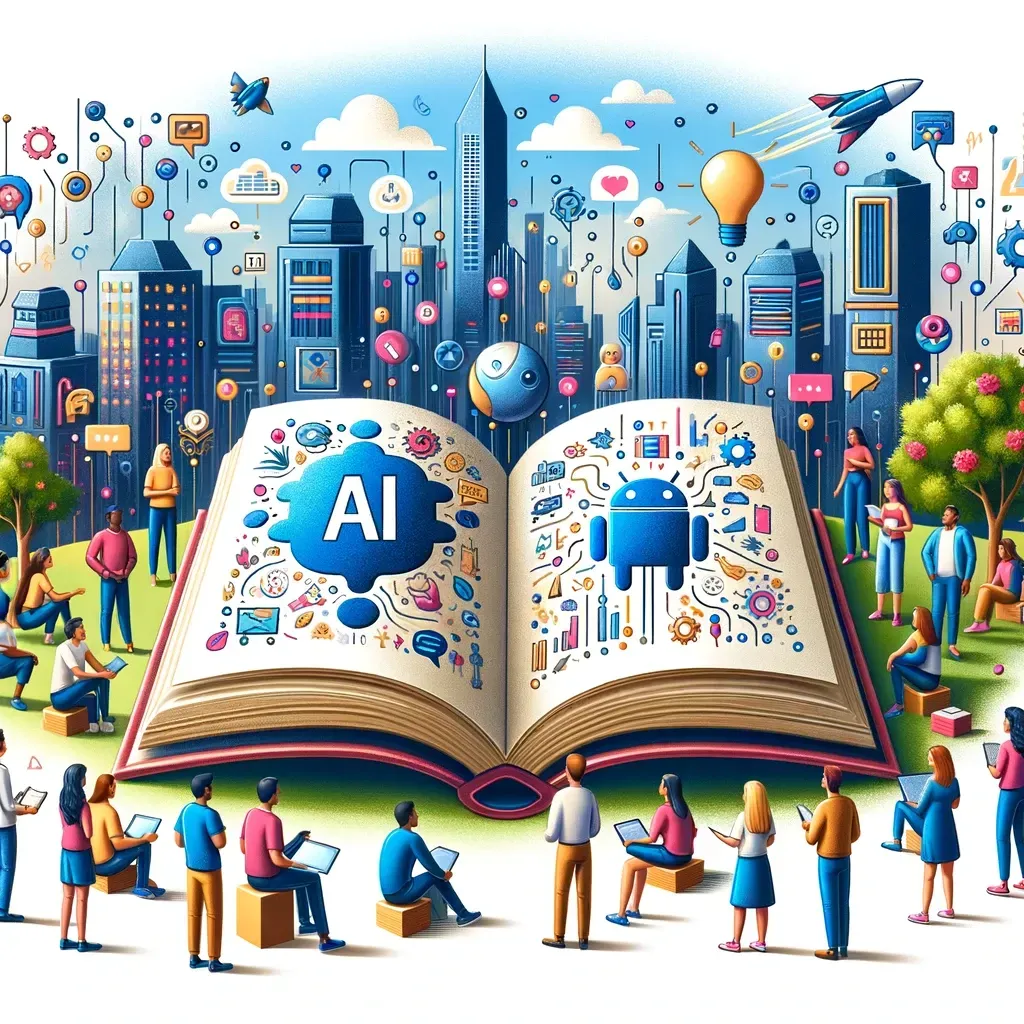
AI Integration Blueprint: A 10-Step Guide for Businesses Embracing the Future
Adopting AI in a company, whether large or small, generally follows a structured process with several stages. Here's a breakdown of these stages along with their descriptions:
1. Awareness and Education:
This stage involves understanding what AI is and its potential impact on the business. Companies conduct research, attend workshops, or consult with experts to grasp the basics of AI and its relevance to their industry.
2. Strategy Development:
Businesses define their AI goals and objectives. This involves determining how AI can solve specific problems, enhance processes, or create new opportunities. It's crucial to align AI initiatives with overall business strategy.
3. Feasibility Analysis:
This involves assessing the technical and financial feasibility of implementing AI. Companies evaluate their existing data, technological infrastructure, and resources. They also consider the costs, potential ROI, and risks associated with AI projects.
4. Pilot Projects and Experimentation:
Before full-scale implementation, companies often start with small pilot projects. This allows them to test AI solutions in a controlled environment, gather insights, and understand practical challenges.
5. Data Preparation:
AI heavily relies on data. In this stage, companies focus on collecting, cleaning, and organizing data. Quality and relevant data are crucial for the success of AI applications.
6. Technology Selection and Team Building:
Companies choose the appropriate AI technologies and tools. They also build or hire a team with the necessary skills, including AI engineers, data scientists, and domain experts.
7. Implementation and Integration:
This stage involves the actual deployment of AI solutions into business processes. It includes integrating AI with existing systems and workflows, and ensuring that it works seamlessly with other technologies.
8. Monitoring and Optimization:
Once AI solutions are in place, continuous monitoring is essential to ensure they perform as expected. Companies also need to regularly update and optimize AI models for better accuracy and efficiency.
9. Ethical Considerations and Compliance:
Companies must address ethical implications and ensure compliance with relevant laws and regulations. This includes data privacy, bias in AI models, and ethical use of AI.
10. Scaling and Evolution:
After successful implementation and optimization, businesses may scale AI solutions across different departments or for new use cases. They should also stay abreast of AI advancements and continually evolve their strategies.
Each stage is crucial for a successful AI adoption, and skipping any stage can lead to challenges or failure of AI initiatives. Companies should approach AI adoption methodically, ensuring each step is thoroughly planned and executed.




